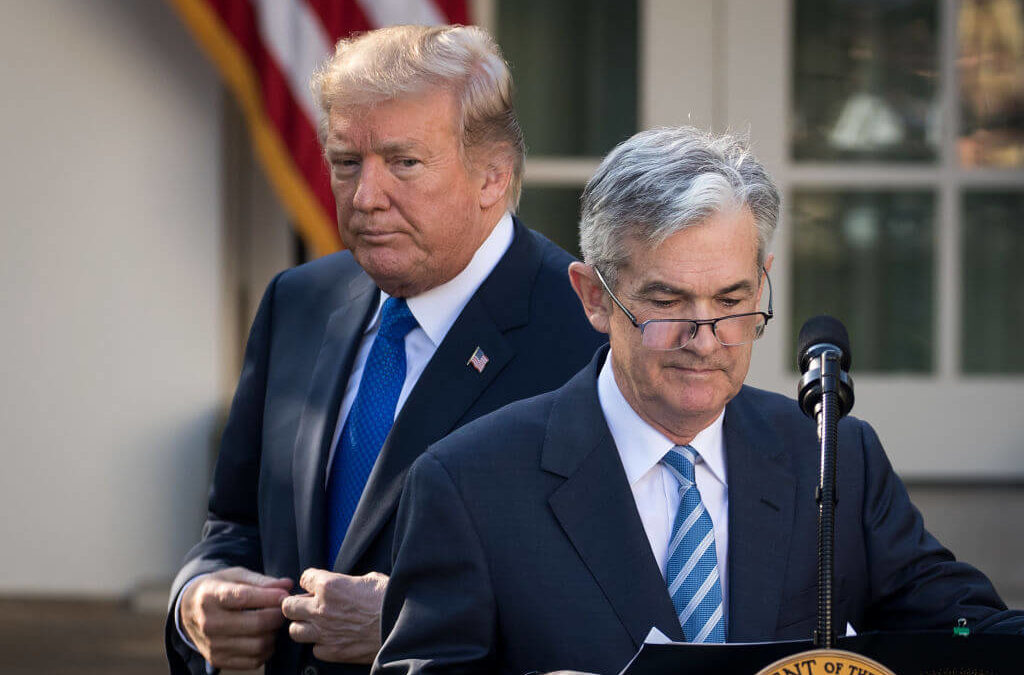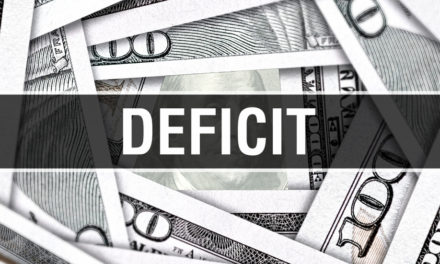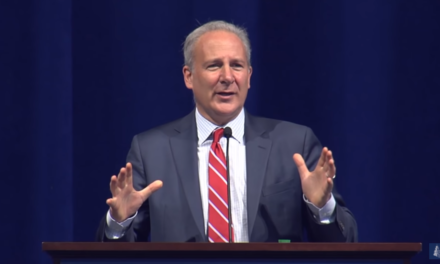President Donald Trump summoned Federal Reserve Chairman Jerome Powell to the White House on Monday to discuss the economy and interest rates — issues on which Trump has repeatedly attacked the Fed.
The Fed said in a statement that Powell’s message to Trump was similar to the one he expressed in congressional testimony last week, when he said that the economy is in good shape and that the Fed would likely suspend its rate cuts for now. The central bank has cut its benchmark short-term rate three times this year to try to support the economy.
For months, Trump has regularly assailed Powell’s leadership of the Fed, an independent agency, for not cutting rates as aggressively as the president would like. The president has called Fed officials “boneheads” and has asserted that the economy and stock market would be performing better if rates were lower or even negative as in Europe and Japan.
Trump tweeted Monday that his meeting with Powell was “very good and cordial.” He added that he and the Fed chairman discussed “interest rates, negative interest, low inflation, easing, Dollar strength and its effect on manufacturing, trade with China, E.U. and others, etc.”
Just finished a very good & cordial meeting at the White House with Jay Powell of the Federal Reserve. Everything was discussed including interest rates, negative interest, low inflation, easing, Dollar strength & its effect on manufacturing, trade with China, E.U. & others, etc.
— Donald J. Trump (@realDonaldTrump) November 18, 2019
Treasury Secretary Steven Mnuchin also attended the meeting, the Fed said.
Presidents often meet with Fed chairs to discuss the economy. But the stakes are much higher when the backdrop is Trump’s blunt personal attacks on the Fed and its chairman — a step no previous president has taken. The independence of the Fed has long been considered vital to its mandate of keeping prices stable and maximizing employment.
Trump has complained that negative rates, which have been put in place by the European Central Bank and the Bank of Japan, have left the United States at a competitive disadvantage. The Fed’s benchmark rate is currently in a range of 1.5% to 1.75%, an extremely low level by historic standards, particularly given that the unemployment rate is near a 50-year low of 3.6%.
In a speech last week, Trump said, referring to negative interest, “Give me some of that. … I want some of that money. Our Federal Reserve doesn’t let us do it.”
The Fed’s relatively high benchmark rate, compared with the negative rates overseas, probably does keep the dollar at a higher value compared with the euro and yen. That, in turn, can make U.S. exports more expensive overseas.
Still, the vast majority of mainstream economists oppose the notion of deploying negative rates for the U.S. economy, which is healthier and is growing faster than its European and Japanese counterparts.
Negative rates are typically a sign that an economy is struggling. Many U.S. economists have expressed skepticism that negative rates help accelerate growth and argue that they would cause problems unique to the U.S. financial markets.
Fed Finds Resilient Financial System Despite High Debt
The Federal Reserve said Friday that corporate debt remains at historically high levels but overall the U.S. financial system is resilient, a view in sharp contrast to the problems that led to the 2008 financial crisis.
In its twice-yearly “Financial Stability Report,” the Fed said that the situation has changed little since its previous report in May. At that time, it highlighted concerns about companies’ high levels of outstanding debt — known as leveraged lending — that grew 20% last year.
Federal Reserve board member Lael Brainard, who chairs the Fed’s financial stability panel, said the current combination of low interest rates and high levels of risky types of corporate debt “merits heightened vigilance.”
The new report found that borrowing by businesses is at historically high levels relative to the size of the economy, with the most rapid increases in debt concentrated among the riskiest companies with the weakest credit standards.
In contrast, it found that borrowing by households remains at a modest level relative to household incomes, and the amount of debt owed by individual borrowers with credit scores below prime has remained flat this year.
The Fed report found that the largest U.S. banks remain strongly capitalized. But it noted that leverage among hedge funds is elevated compared to hedge fund borrowing over the past five years.
The report did include a section on so-called stable coins, a form of cryptocurrency whose value is supposed to be tied to an underlying asset or basket of assets.
It said the possibility of creating a global stable coin network could be a boon to consumers but it also poses a number of risks related to “financial stability, monetary policy, safeguards against money laundering and terrorist financing and consumer and investor protection.”
The report is the third assessment by the Fed of the stability of the financial system. The first report was issued last year, followed by the May report.
The central bank is issuing the reports as part of the reforms it has implemented to address criticism that bank regulators failed to sound alarms about growing risks to the financial system in advance of the 2008 financial crisis, the worst meltdown of the U.S. financial system since the 1930s and the trigger for a deep recession.
Federal Reserve Chairman Jerome Powell told Congress this week that he believes that overall risks to the financial system remain moderate.
“Debt loads of businesses are historically high, but the ratio of household borrowing to income is low relative to its pre-crisis level and has been gradually declining in recent years,” Powell said in his congressional testimony. “The core of the financial sector appears resilient, with leverage low and funding risk limited relative to the levels of recent decades.”
Analysts at Evercore ISI said that Friday’s report “dials down the degree of concern expressed by the central bank about potential excesses in equity and other asset markets” compared to the May report.
© The Associated Press. All rights reserved.




